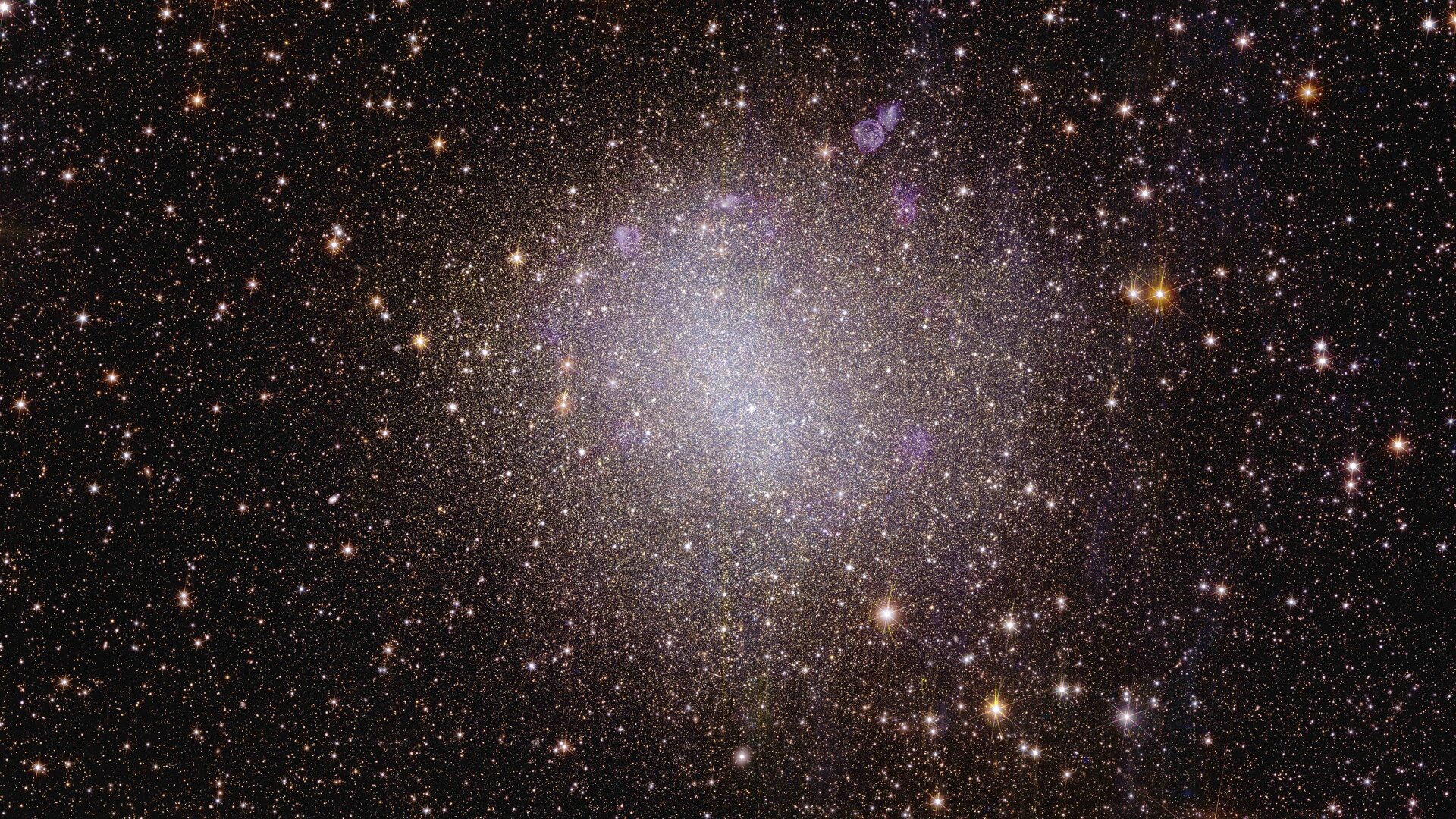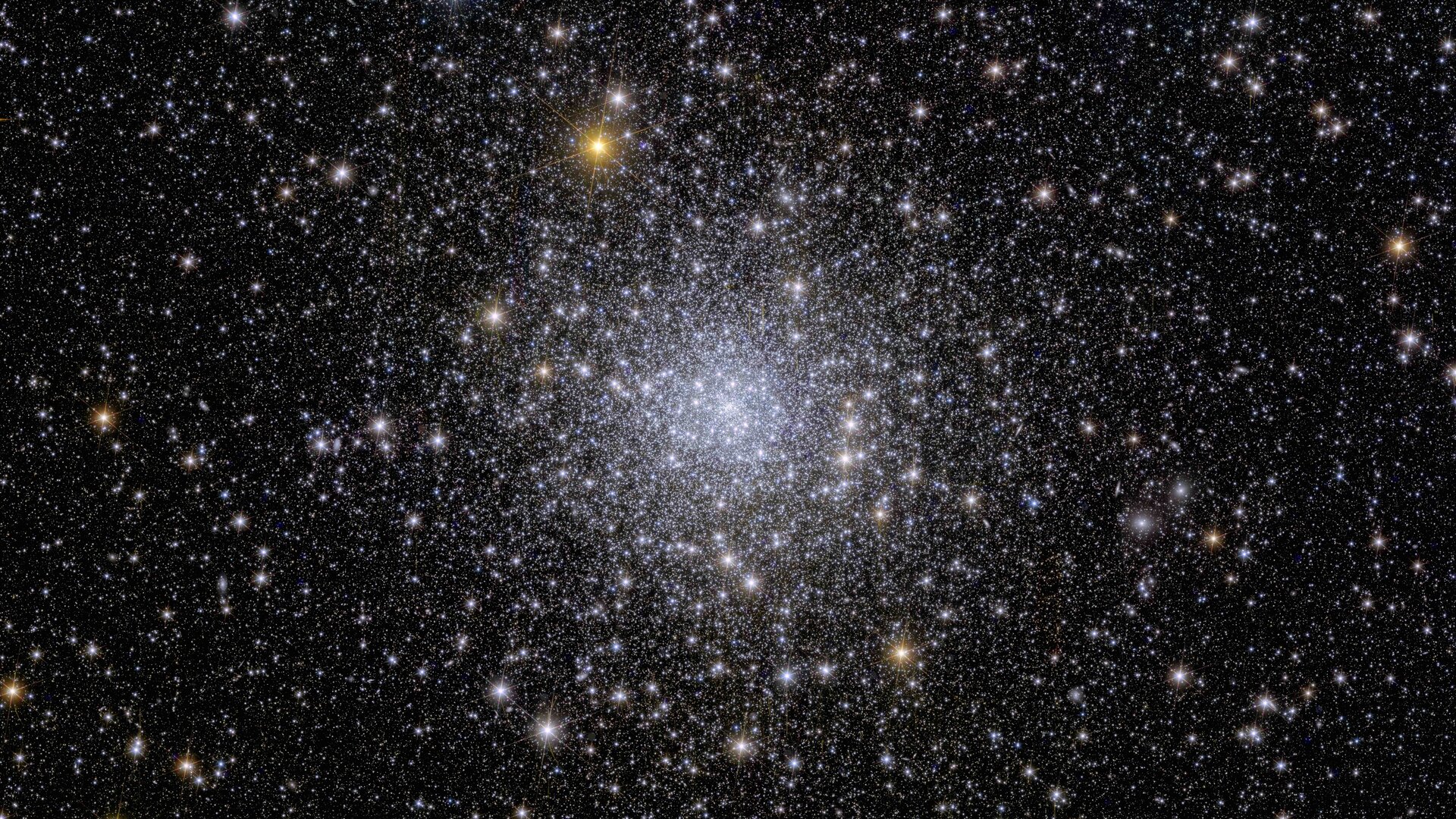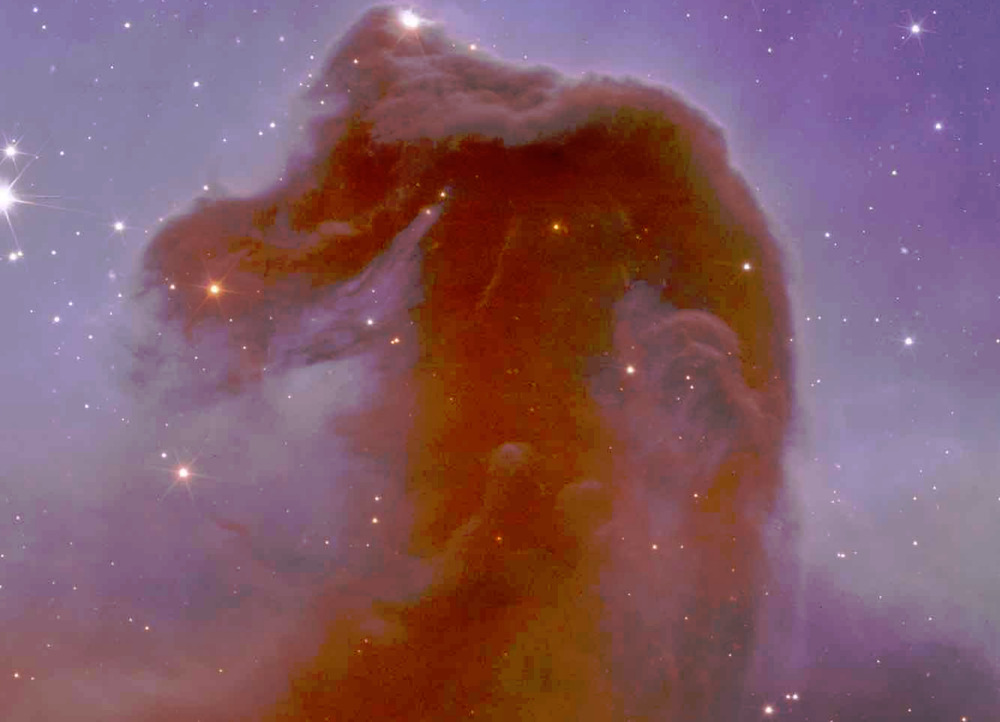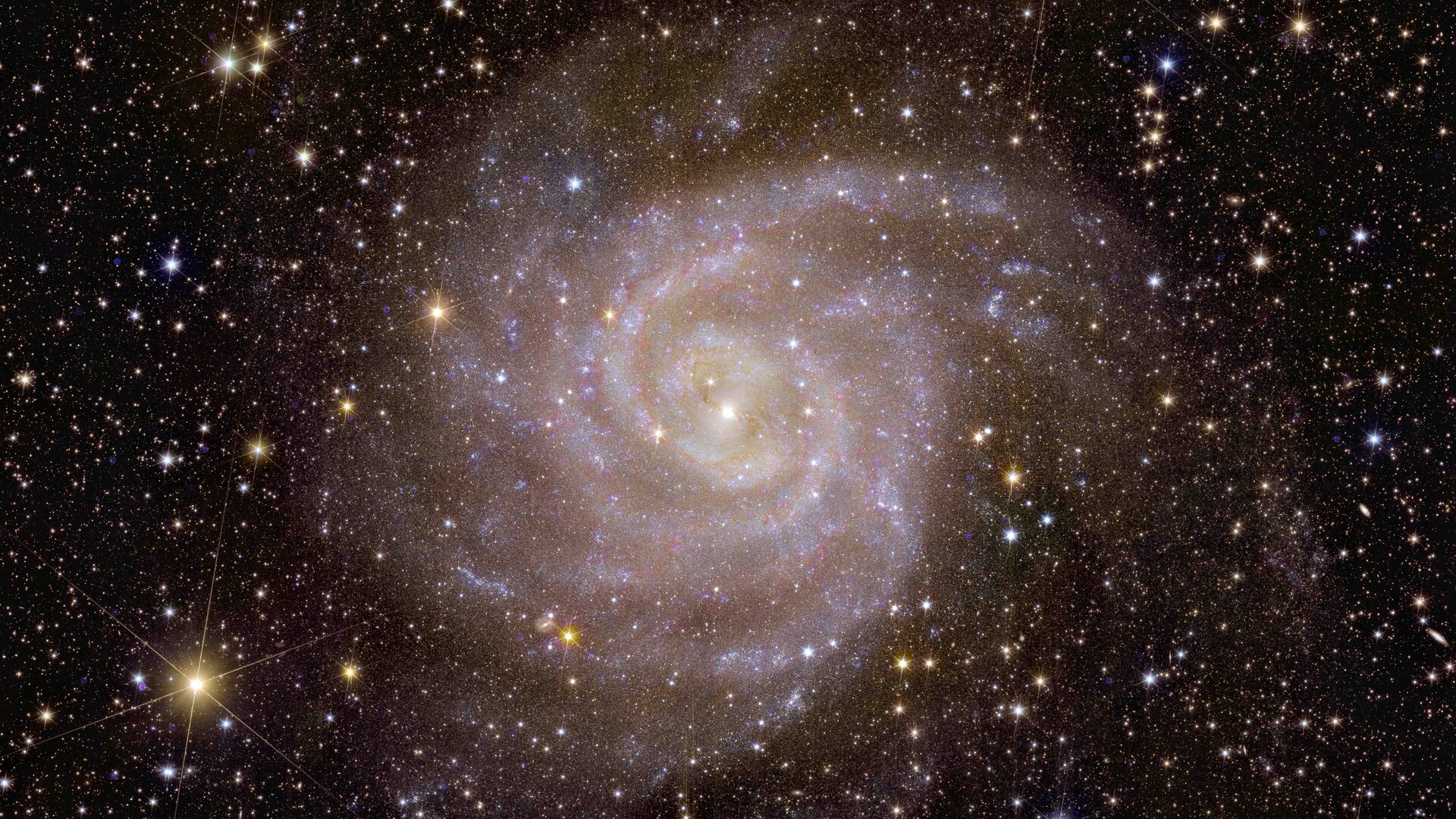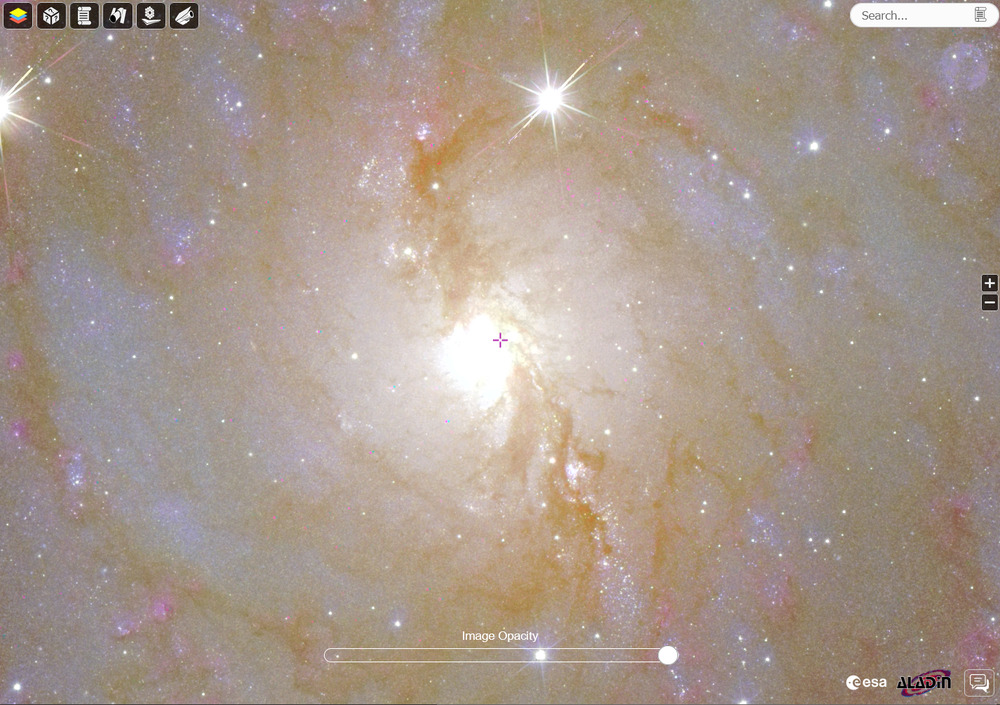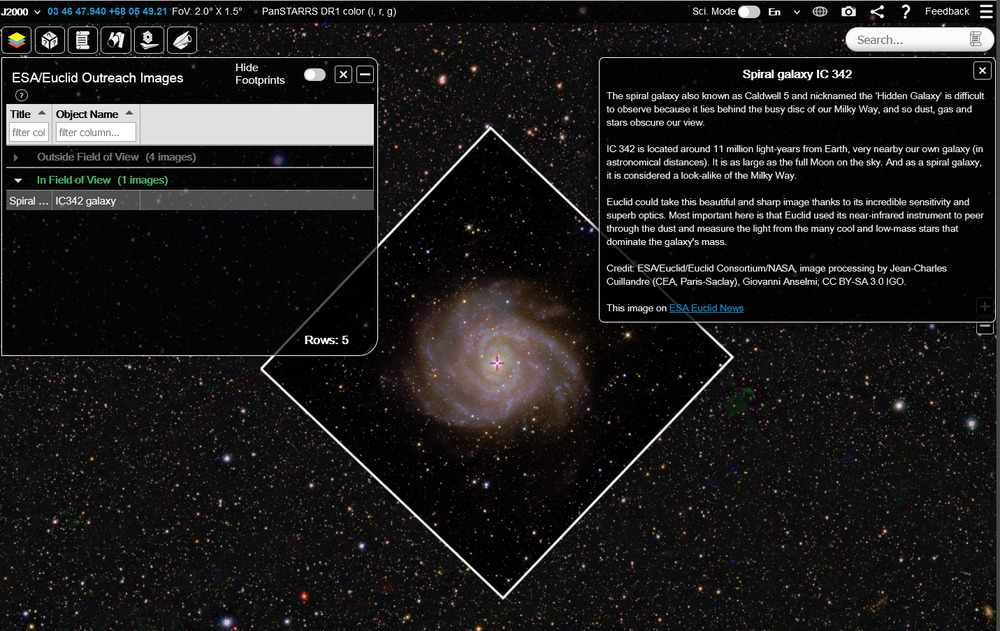Two recent Apod articles are worth reading.
https://apod.nasa.gov/apod/ap231108.html
There’s a new space telescope in the sky: Euclid. Equipped with two large panoramic cameras, Euclid captures light from the visible to the near-infrared. It took five hours of observing for Euclid’s 1.2-meter diameter primary mirror to capture, through its sharp optics, the 1000+ galaxies in the Perseus cluster, which lies 250 million light years away. More than 100,000 galaxies are visible in the background, some as far away as 10 billion light years. The revolutionary nature of Euclid lies in the combination of its wide field of view (twice the area of the full moon), its high angular resolution (thanks to its 620 Megapixel camera), and its infrared vision, which captures both images and spectra. Euclid’s initial surveys, covering a third of the sky and recording over 2 billion galaxies.Perseus cluster from Euclid.

https://apod.nasa.gov/apod/ap231110.html
Massive cluster of galaxies Abell 2744 is known to some as Pandora’s Cluster. It lies 3.5 billion light-years away toward the constellation Sculptor. Using the galaxy cluster’s enormous mass as a gravitational lens to warp spacetime and magnify even more distant objects directly behind it, astronomers have found a background galaxy, UHZ1, at a remarkable redshift of Z=10.1. That puts UHZ1 far beyond Abell 2744, at a distance of 13.2 billion light-years, seen when our universe was about 3 percent of its current age. UHZ1 is identified in the insets of this composited image combining X-rays (purple hues) from the spacebased Chandra X-ray Observatory and infrared light from the James Webb Space Telescope. The X-ray emission from UHZ1 detected in the Chandra data is the telltale signature of a growing supermassive black hole at the center of the ultra high redshift galaxy. That makes UHZ1’s growing black hole the most distant black hole ever detected in X-rays.

